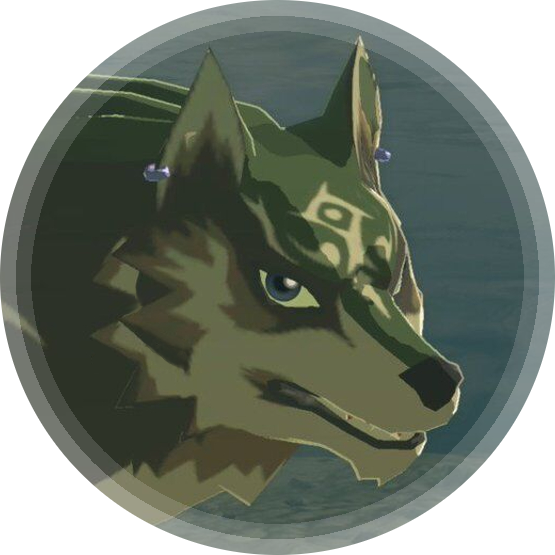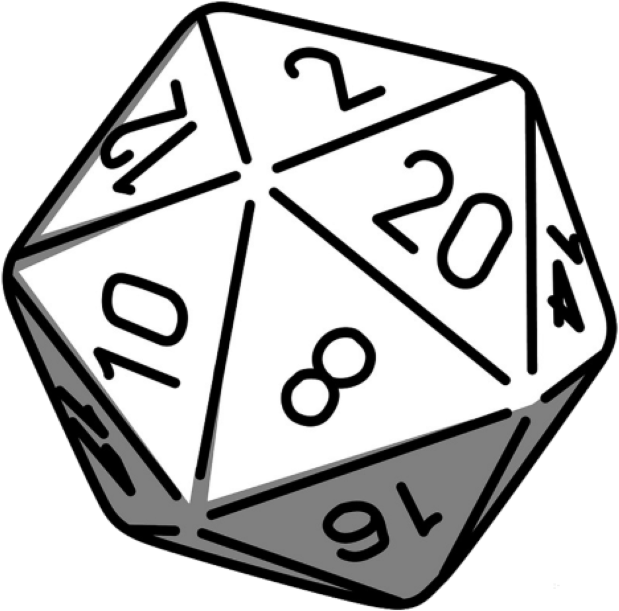- original source: https://www.tumblr.com/firebirdeternal/616605850794065920/you-know-whats-more-fun-than-worldbuilding-that
The post, in case you don’t want to click on an offsite link:
You know what’s more fun than worldbuilding that makes some fantasy races EEEEVIIIIIIILLLLL???
Worldbuilding that gives the different races cultural differences that help explain why there’s a lot of conflict between them:
Goblin culture doesn’t have a concept of “Property”. A stick on the ground and a tool in a locked shed are equally up for grabs if a thing needs doing. They casually take and leave things all over their communities, eat from communal pots, and genuinely Do Not Understand why the Core Races are so Angry and prone to Violence all the time.
Consequently Goblins who live near Core communities develop a reputation as “Thieves” despite not even having a word for that. (The closest word they have is more like “Greedy” and it means a person that hides things so nobody else can use them, and it’s a surefire fight-starter to call a Goblin that)
Common Orc Spiritual beliefs hold that a Soul can only grow stronger by overcoming Challenges in life, and see intruding on another person’s Challenge unasked for as not just Rude, but Deeply Harmful. You’re Stealing their chance to Grow. Asking for help is deeply personal and doing so can be both a way to grow closer with them or a too-personal intrusion, depending on your existing relationship with them. An exception is Children, as far as most Orcs are concerned, all Children are fundamentally the responsibility of the Whole Community, regardless of whose child they are, or even if said child is an Orc at all.
This means that Orcs who live near Core neighbors often seem Rude and Standoffish if not outright hostile, because they neither ask for nor offer aid even in times of trouble, and respond to unasked for aid themselves with Anger. There are even rumors that they Steal Children, because if an Orc finds a child lost in the woods they’re pretty much immediately going to start feeding it, and if they can’t find where to bring it back to, or it doesn’t seem to be well cared for, they’re just gonna keep it.*
I just love the idea. It’s a lot more believable and nuanced than the “this race is inheritely evil/good/dumb/advanced for no particular reason” some RPGs pull off, and makes certain allegedly “evil” races actually playable if you’re not relying on a system that already has them as playable characters.
Do you have any similar homebrew concepts for your versions of Goblins, Kobolds, Orcs, Dwarves etc.?


I had a go at breaking past this barrier, and found it extremely difficult. I started with the idea that geography informs culture, and made a split between elves in the frozen South and elves tropical jungles. This left me with half the normal space to write about elven cultures.
So I figured I could do 2-3 cultures per race, and end up with (5 x 2.5) ~13 descriptions of fantasy cultures. But who wants that? I can’t use that much in my own game. Writing because you have to write something makes for bad writing.
Another route is to limit cultures even more. Maybe dwarves and gnomes basically live the same way, as do gnolls and humans. But then it seems odd that gnolls having the mouth of a canine changes nothing about them. If nothing else, their language has to be deeply different, given the lack of lips.
So in the end, I’ve decided to just fill in a very small part of the world, and leave an underlying assumption that elves, humans, and gnolls might do things differently elsewhere.
Thanks for this. I think what you ended up with was the absolute right move. Trying to solidify everything from the top-down, beforehand, seems an impossible task to do well, or with enough foresight to make work across your eventual varied needs. In real world terms it seems sort of Prescriptive, in a vaguely Victorian scientist way; cataloging races instead of meeting people.
I’d imagine working bottom-up, Descriptively, means you can put all of your nuance into a single group or region, per the story you want to tell. You find out who and why, because you meet them on the ground in their actual situation - instead of thinking you can manufacture everything ahead of time in a vacuum. And then the next time your story crosses paths with another such group, you again get to reflect on the individual circumstances that make them even slightly different, and add a new micro culture to your growing canon.
It’s grand, exciting stuff. Thank you!
Yea, ‘bottom-up’ is a great way to put it.
Like, I can still add a totally different gnoll tribe later on in a module, or just add one ‘from the icy South’, and let the GM imply a world without yammering about it.